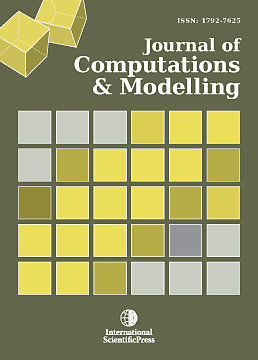Journal of Computations & Modelling
Submarine Launched ICBM Trident II D5 and Conventional Trident Modification
-
 [ Download ]
[ Download ]
- Times downloaded: 17659
-
Abstract
This work concerns the submarine launched Intercontinental Ballistic Missiles (ICBM) and especially the Trident II D5. The first ballistic missile developed during the 2nd world war from German and is known as V2 or A4, its creator was Walter Dornberger. Itís first succeed launch was on 3rd October 1942 and its mass production began in 1944. Ballistic missiles can be launched from fixed sites or mobile launchers, including vehicles (transporter erector launchers, TELs), aircraft, ships and submarines. The first practical design of a submarine-based launch platform was developed by the Germans near the end of World War II. Ballistic missile submarines have been of great strategic importance for the USA and Russia and other nuclear powers since the start of the Cold War, as they can hide from reconnaissance satellites and fire their nuclear weapons with virtual impunity. This makes them immune to a first strike directed against nuclear forces, allowing each side to maintain the capability to launch a devastating retaliatory strike, even if all land-based missiles have been destroyed. UGM-133 Trident II, or Trident D5 is a submarine-launched ballistic missile, built by Lockheed Martin Space Systems in Sunnyvale, California, and deployed with the US and Royal Navies. It was first deployed in 1990, and is still in service. It carries four nuclear warheads up to 475 kt each one. The US program would have converted existing TridentII missiles (presumably two missiles per submarine) into conventional weapons. The U.S. Navy in August plans to conduct a flight test of Trident submarine-launched ballistic missile technologies modified for conventional strike operations. A second related flight test is scheduled for late 2012 or early 2013.
